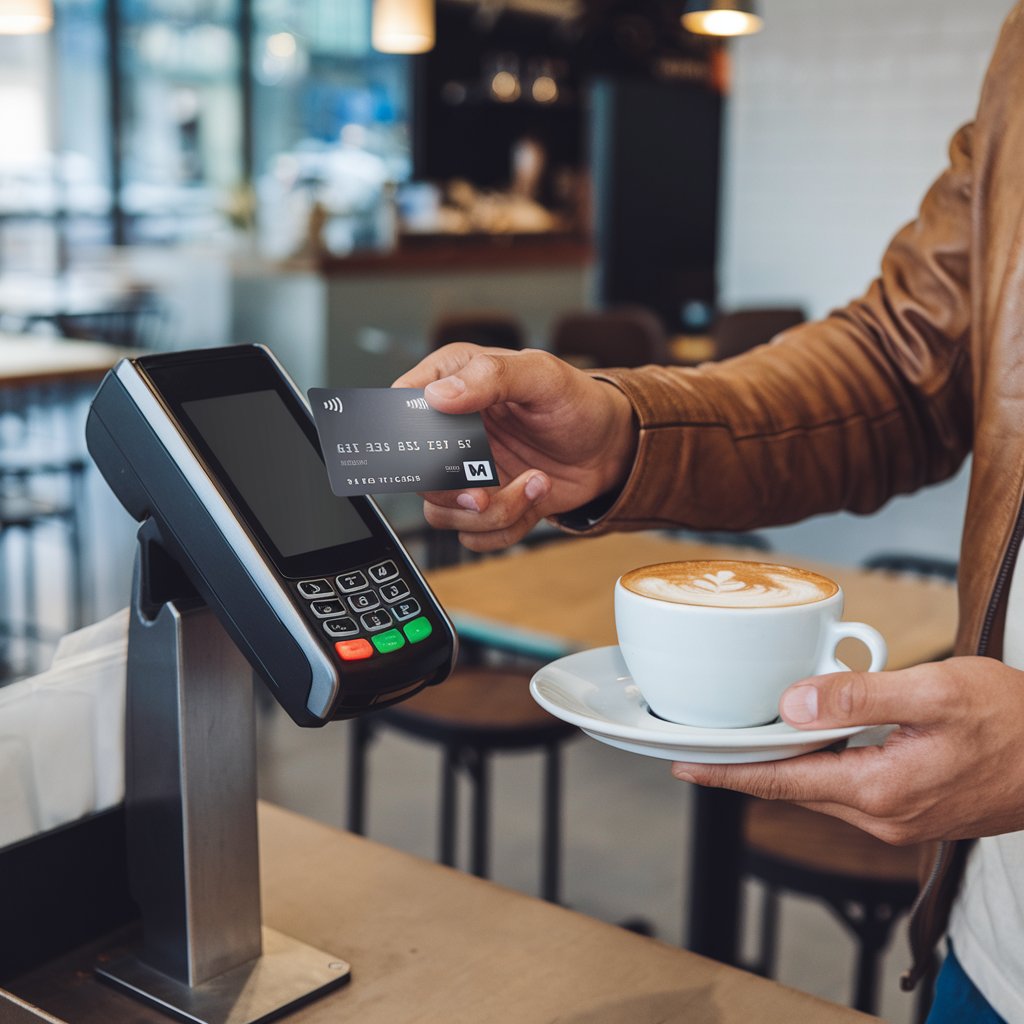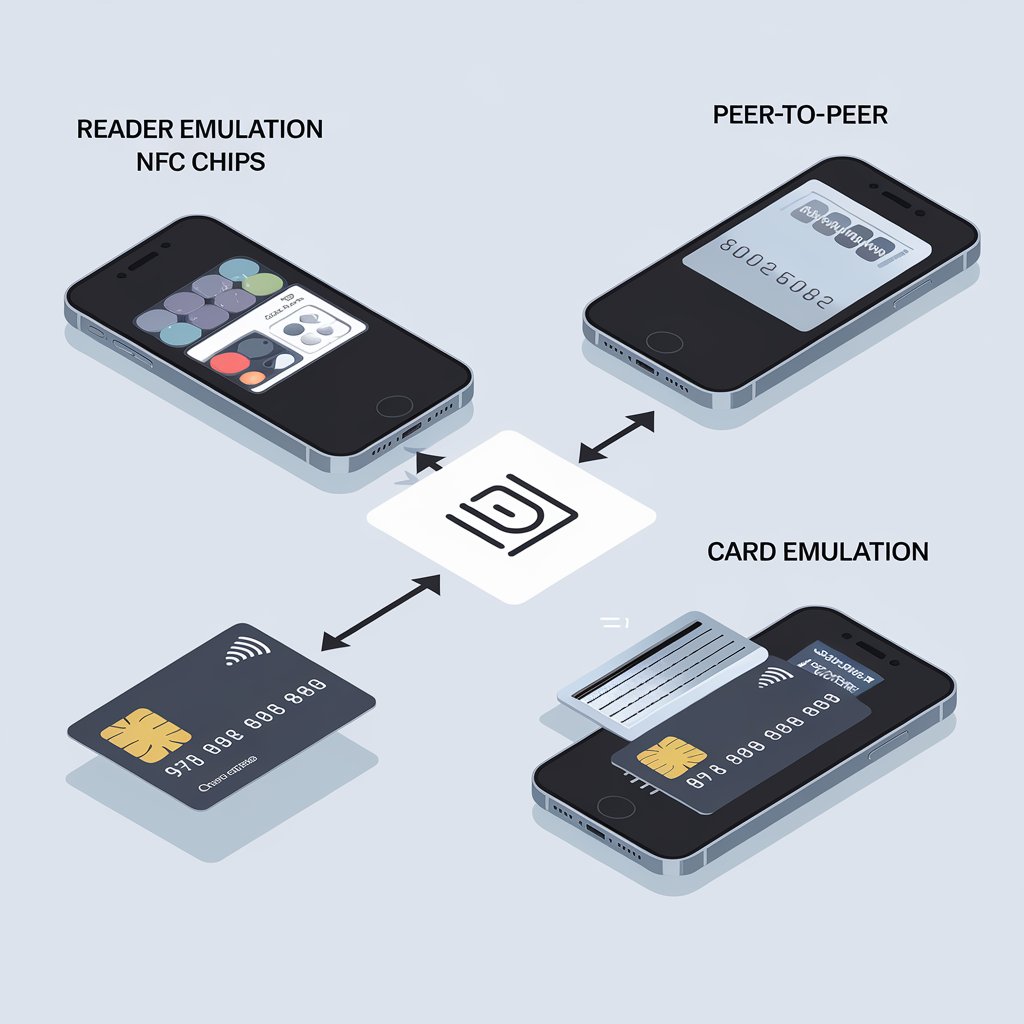As industries continue to prioritize efficiency, transparency, and consumer engagement, Near Field Communication (NFC) tags are emerging as key enablers of growth in smart packaging and product tracking. These small, cost-effective chips, which allow for contactless communication between devices over short distances, are transforming the way businesses handle logistics, inventory management, and customer interactions. NFC tags are providing a bridge between physical products and the digital world, opening new opportunities for businesses to innovate and meet evolving consumer demands.
What are NFC Tags?
NFC tags are passive electronic devices that store small amounts of data, which can be read and written to via NFC-enabled devices, such as smartphones, tablets, and specialized readers. Unlike traditional barcodes or QR codes, NFC tags allow for immediate, contactless data exchange, offering significant advantages in speed and ease of use. When integrated into packaging or products, these tags can offer a wealth of information in real-time, enhancing supply chain operations, product tracking, and customer experiences.
The Rise of Smart Packaging
Smart packaging, which integrates NFC technology, is becoming a game-changer for industries that rely on packaging for product safety, marketing, and delivery. With NFC tags embedded into packaging, manufacturers can deliver more than just a physical product. The possibilities for real-time data transfer and consumer engagement are transforming the landscape.
1. Enhancing Product Traceability
One of the major advantages of NFC tags is their ability to track products through every stage of the supply chain. Whether it’s raw materials, manufacturing processes, or final delivery to the consumer, NFC tags can record and store data related to product origin, production dates, handling procedures, and delivery status. This level of transparency is crucial for industries such as food & beverages, pharmaceuticals, and luxury goods, where tracking and authenticity are paramount.
For example, in the food industry, NFC tags embedded in packaging allow both manufacturers and consumers to trace the origin of ingredients, verify expiration dates, and ensure the authenticity of products. Consumers can simply tap their smartphones on an NFC-enabled product to access detailed information about where it came from and how it was processed, ensuring that the product meets safety and quality standards.
2. Streamlining Inventory and Supply Chain Management
NFC tags offer significant improvements in inventory and supply chain management. Traditional barcodes require manual scanning or line-of-sight reading, often resulting in delays or inaccuracies. NFC tags, on the other hand, enable faster, automated scanning, making inventory management more accurate and efficient. Warehouse workers can simply tap NFC-enabled items to quickly update stock levels and monitor real-time product movement.
This capability drastically reduces human error, provides better visibility into the supply chain, and helps businesses optimize operations by preventing stockouts or overstocking. Additionally, NFC technology simplifies asset tracking in warehouses, ensuring that high-value items are easily located and monitored throughout the storage process.
Download PDF Brochure @ https://www.marketsandmarkets.com/pdfdownloadNew.asp?id=520

Driving Consumer Engagement and Interaction
In addition to logistics and supply chain benefits, NFC tags are revolutionizing how businesses engage with consumers. By simply tapping a smartphone to a product’s packaging, consumers can access personalized content, special offers, and even connect with social media platforms. This level of interactivity is a powerful tool for businesses to create unique experiences and drive brand loyalty.
1. Authenticity and Brand Protection
NFC tags are becoming increasingly popular in sectors that deal with counterfeiting and brand protection, particularly luxury goods, pharmaceuticals, and electronics. The ability for customers to authenticate a product through NFC technology ensures that they’re purchasing genuine, high-quality items. This builds trust between consumers and brands, while also helping manufacturers protect their intellectual property and prevent fraud.
For example, in the luxury fashion industry, NFC-enabled labels embedded in high-end handbags or watches allow consumers to confirm their authenticity with just a tap. This level of security strengthens brand credibility and provides consumers with peace of mind.
2. Personalized Experiences
NFC tags allow for real-time, personalized interactions with consumers. By tapping their smartphones to NFC-enabled products, customers can unlock promotions, product recommendations, or detailed information about the product. For example, a consumer purchasing a skincare product may tap their phone on the product packaging to access usage instructions, ingredient information, and special discounts for future purchases.
This ability to provide instant, relevant content creates deeper engagement with the brand, fostering loyalty and boosting sales. Marketers can use NFC to send tailored offers or loyalty rewards to customers, elevating their shopping experience.
Challenges and Opportunities
While NFC tags offer significant advantages, some challenges remain in terms of adoption and implementation. The cost of integrating NFC technology into packaging can be higher than traditional barcodes, particularly for small-scale businesses. Additionally, NFC-enabled devices are required to read the tags, which could pose barriers in regions with lower smartphone penetration.
However, the benefits far outweigh these challenges. As smartphone penetration continues to rise globally, the use of NFC technology will become more widespread, and the cost of implementing NFC tags is expected to decrease over time. Additionally, industries like e-commerce, retail, and healthcare are increasingly recognizing the value of NFC for improving customer experiences, inventory management, and product authentication.
Global NFC industry
The global NFC industry will USD 30.55 billion by 2029 from USD 21.69 billion by 2024, at a CAGR of 7.1% during the forecast period

The Future of NFC Tags in Smart Packaging
Looking ahead, the potential for NFC tags in smart packaging and product tracking is vast. As industries continue to evolve toward greater automation and consumer-centric models, NFC technology will play an integral role in enabling these transformations. We are likely to see NFC tags become a standard feature in packaging across various industries, from consumer goods and electronics to medicines and automotive parts.
Moreover, as the Internet of Things (IoT) ecosystem expands, NFC tags will be able to communicate seamlessly with other smart devices, enhancing connected packaging and enabling an even greater level of automation in the supply chain. This will lead to further improvements in product safety, authenticity, and consumer satisfaction.
NFC tags are driving a paradigm shift in smart packaging and product tracking, offering businesses greater control over their supply chains, while providing consumers with more transparency and personalized experiences. By integrating NFC technology into packaging, businesses can streamline operations, enhance brand security, and engage customers in innovative ways. As the NFC tags market continues to grow, their role in the future of retail, logistics, and consumer engagement is only set to expand. The journey toward smarter, more interactive products is just beginning—and NFC technology is at the heart of it all.
Frequently asked questions (FAQs) about Near Field Communication (NFC) Tags
1. What are NFC tags?
NFC tags are small, passive devices that use Near Field Communication technology to exchange data with compatible devices, such as smartphones or NFC readers. They can store and transmit small amounts of information when tapped by an NFC-enabled device, making them ideal for use in product packaging, supply chain management, and consumer engagement.
2. How do NFC tags work in smart packaging?
In smart packaging, NFC tags are embedded in the packaging of products. When consumers tap their NFC-enabled smartphones or devices on the packaging, they can access product information, track product authenticity, check expiration dates, or unlock promotions. For businesses, NFC tags provide real-time tracking of products through the supply chain and can improve inventory management.
3. What industries benefit from NFC tags in product tracking?
Several industries benefit from NFC technology in product tracking and smart packaging, including:
- Retail: For inventory management, product tracking, and consumer engagement.
- Food and Beverage: For ensuring traceability and product safety, including tracking expiration dates and origins.
- Pharmaceuticals: To ensure product authenticity and prevent counterfeiting, while enhancing patient safety.
- Luxury Goods: For brand protection and to verify product authenticity.
- Logistics: For seamless supply chain tracking, reducing errors and improving efficiency.
4. How do NFC tags enhance product traceability?
NFC tags provide a unique identifier for each product, enabling it to be tracked throughout the supply chain, from manufacturing to delivery. This helps companies maintain transparency about the origin of products, handling processes, and shipping statuses. Consumers can also verify where the product came from and whether it meets specific safety or quality standards.
5. Can NFC tags be used for authentication and anti-counterfeiting?
Yes, NFC tags are widely used for product authentication and anti-counterfeiting purposes. By allowing consumers to scan a product with an NFC-enabled device, they can verify its authenticity. This is particularly valuable in industries like luxury goods, pharmaceuticals, and electronics, where counterfeit products are a significant concern.
6. How do NFC tags improve consumer engagement?
NFC tags enable businesses to offer personalized experiences to customers by providing instant access to relevant information, product details, or exclusive promotions when they tap a product with their smartphone. For example, customers can unlock tutorials, discounts, or loyalty rewards, which fosters stronger brand loyalty and enhances the customer experience.
